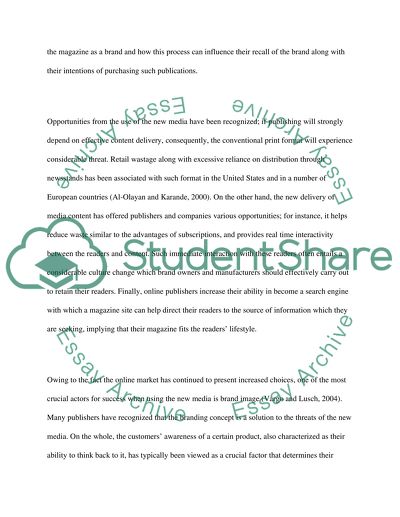Cite this document
(“The social role of magazines is as uncertain as their commercial basis Essay”, n.d.)
The social role of magazines is as uncertain as their commercial basis Essay. Retrieved from https://studentshare.org/journalism-communication/1436417-the-social-role-of-magazines-is-as-uncertain-as
The social role of magazines is as uncertain as their commercial basis Essay. Retrieved from https://studentshare.org/journalism-communication/1436417-the-social-role-of-magazines-is-as-uncertain-as
(The Social Role of Magazines Is As Uncertain As Their Commercial Basis Essay)
The Social Role of Magazines Is As Uncertain As Their Commercial Basis Essay. https://studentshare.org/journalism-communication/1436417-the-social-role-of-magazines-is-as-uncertain-as.
The Social Role of Magazines Is As Uncertain As Their Commercial Basis Essay. https://studentshare.org/journalism-communication/1436417-the-social-role-of-magazines-is-as-uncertain-as.
“The Social Role of Magazines Is As Uncertain As Their Commercial Basis Essay”, n.d. https://studentshare.org/journalism-communication/1436417-the-social-role-of-magazines-is-as-uncertain-as.


